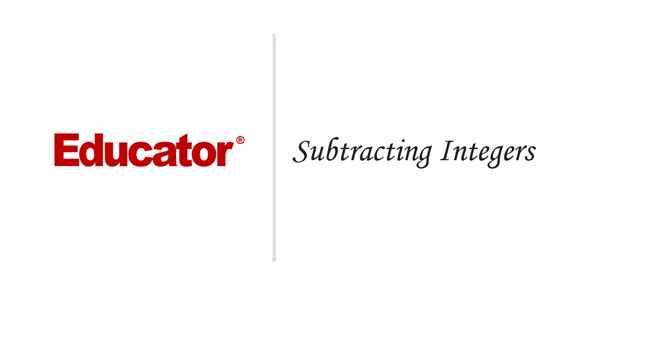Connecting...

This is a quick preview of the lesson. For full access, please Log In or Sign up.
For more information, please see full course syllabus of Basic Math
For more information, please see full course syllabus of Basic Math
Basic Math Subtracting Integers
Lecture Description
In this lesson our instructor talks about subtracting integers and the two-dash rule. She does three examples on subtracting integers. Four extra example videos round up this lesson.
Bookmark & Share
Embed
Share this knowledge with your friends!
Copy & Paste this embed code into your website’s HTML
Please ensure that your website editor is in text mode when you paste the code.(In Wordpress, the mode button is on the top right corner.)
×
Since this lesson is not free, only the preview will appear on your website.
- - Allow users to view the embedded video in full-size.
Next Lecture
Previous Lecture










































 Answer Engine
Answer Engine



2 answers
Last reply by: Daniel Wang
Tue Jan 5, 2021 8:32 PM
Post by Kenneth Geller on September 15, 2018
what would -4-5-6-7 equal?
0 answers
Post by Milan Ray on April 18, 2014
Can you use the two dash rule two times in one problem?